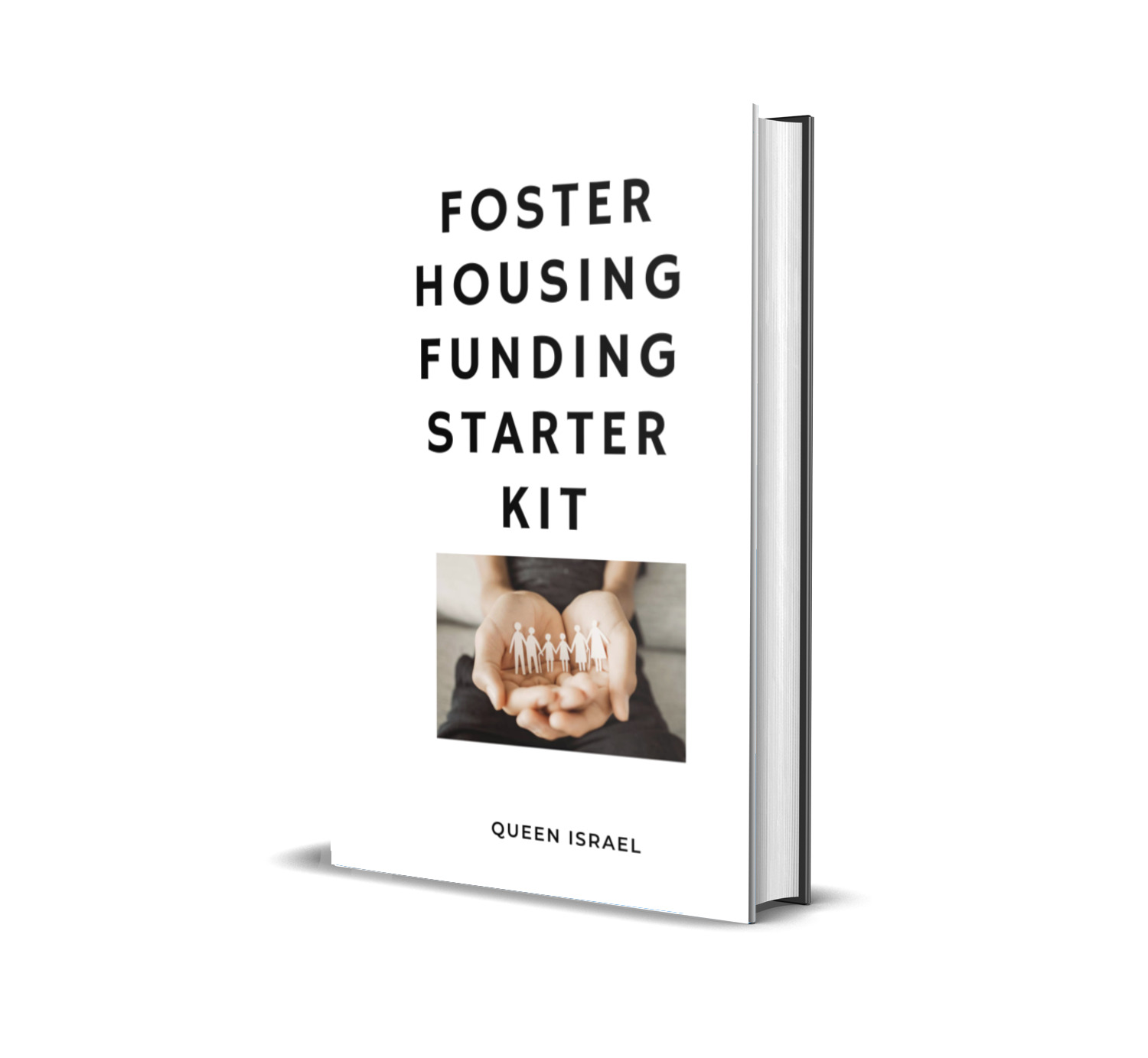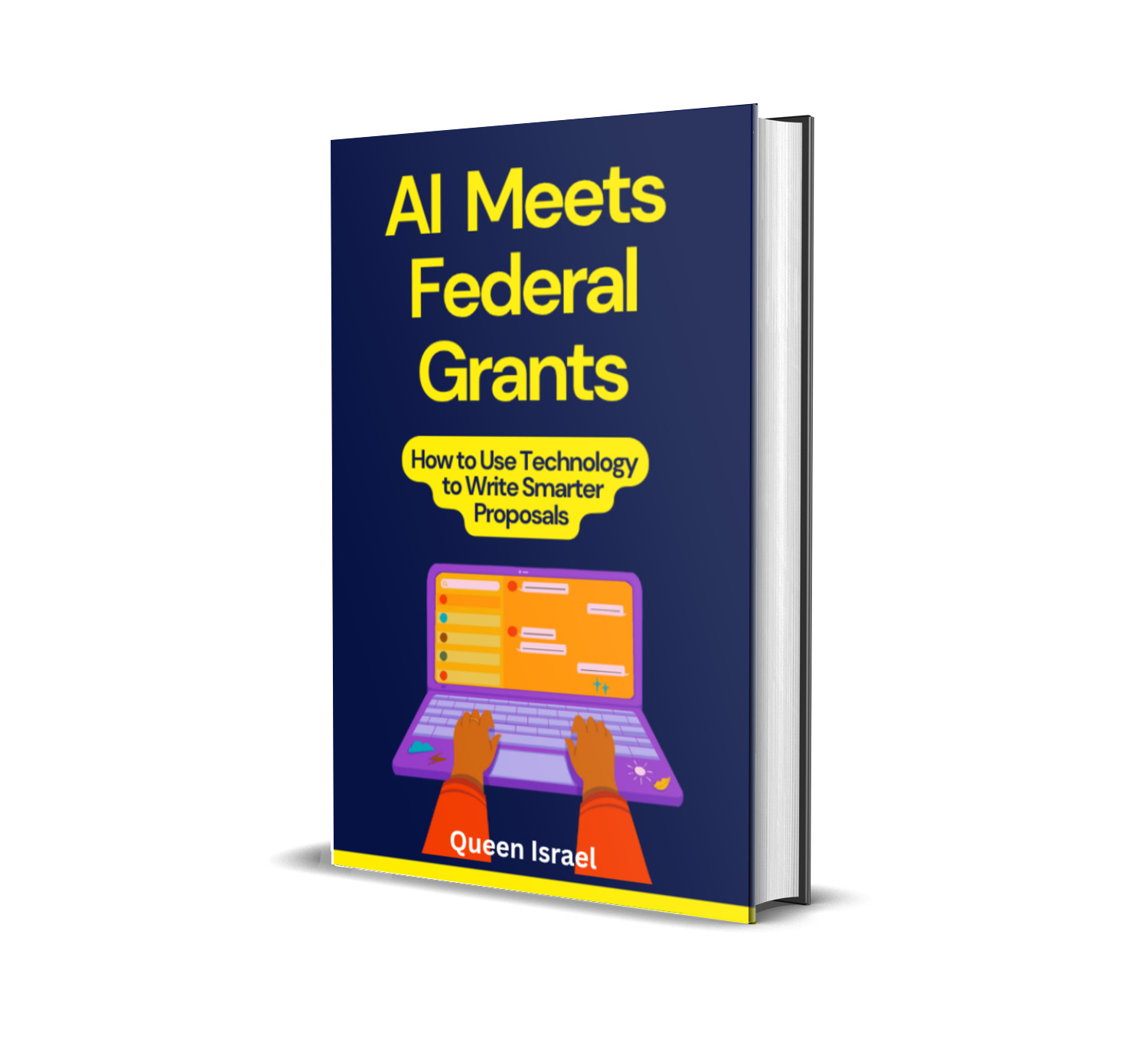The 45-Day Roadmap to Winning a State Victim Services Grant is your step-by-step grant proposal guide designed to turn complex requirements into clear, concrete actions.
Whether your organization offers counseling, legal advocacy, or shelter services, this plan breaks the application process into manageable phases—so you can meet every deadline, align with eligibility criteria, and maximize your chance of tapping into vital funding opportunities.
Over the next seven weeks, you’ll move from initial research to final submission with confidence and clarity, using real-world examples to illustrate each milestone.
You’ll learn how to decode a request for proposals (RFP), craft a compelling program narrative, assemble a realistic budget justification, and build strong collaboration networks.
Along the way, you’ll apply best practices for demonstrating your impact, outlining measurable outcomes, and meeting rigorous review process standards. By highlighting proven tactics—like scheduling peer reviews and leveraging survivor feedback—you’ll strengthen your application and show why your victim services project deserves top priority.
Grab your calendar, assemble your team, and get ready to transform a complex timeline into an achievable, action-packed plan.
Week 1 (Days 1–7): Research & Eligibility Check
- Download the RFP and Read Carefully
- Immediately locate the official request for proposals on your state agency’s website. Note key dates: submission deadline, Q&A cutoff, and award notifications.
- Highlight eligibility criteria such as nonprofit status, geographic service area, and required matching funds.
- Assemble Your Core Team
- Identify grant leads: a project manager to track tasks, a finance officer for the budget, and a content specialist for the program narrative.
- Example: At Safe Harbor Services, the program director and accountant meet on Day 2 to confirm organizational status and 501(c)(3) documentation.
- Outline Initial Timeline
- Create a shared calendar with major milestones: draft due dates, internal reviews, and submission date.
- Use a simple spreadsheet titled “45-Day Grant Roadmap” with columns for task owner, due date, and status.
Week 2 (Days 8–14): Building Partnerships & Data Collection
- Engage Community Stakeholders
- Contact local law enforcement, health providers, and survivor advocates to gather letters of support.
- Practical example: Reach out to your county district attorney’s office for a formal endorsement by Day 10.
- Gather Needs Assessment Data
- Compile recent statistics on victimization rates, service gaps, and community demographics. Cite reputable sources like the Bureau of Justice Statistics.
- Highlight your program’s unique support services—such as trauma-informed counseling or multilingual hotlines—to show clear community demand.
- Draft Letters of Commitment
- Provide partners with a simple template, asking them to affirm roles, resource contributions, and capacity.
- Aim to have at least three solid letters by Day 14 to strengthen your application.
Week 3 (Days 15–21): Crafting the Program Narrative
- Define Goals and Objectives
- Write SMART objectives (Specific, Measurable, Achievable, Relevant, Time-bound). Example: “Increase access to legal advocacy for 100 survivors in our county by Month 6.”
- Align objectives with RFP priorities, such as safety planning or peer support.
- Describe Your Approach
- Detail service delivery methods: in-person counseling, virtual check-ins, or community outreach.
- Use survivor stories (anonymized) to illustrate program strength, showing potential impact.
- Integrate Evaluation Plan
- Explain how you’ll measure outcomes—surveys, focus groups, or case management software.
- Specify metrics like reduction in repeat victimization or increase in protective orders obtained.
Week 4 (Days 22–28): Budget & Financial Documentation
- Develop a Realistic Budget
- Break costs into personnel, supplies, travel, and indirect expenses.
- Example: Allocate $50,000 for two full-time counselors and $5,000 for trauma-informed training.
- Prepare Budget Justification
- For each line item, explain necessity: “Counselor salaries reflect local market rates and a caseload of 40 per month.”
- Cross-reference with program activities in your proposal.
- Compile Required Financial Reports
- Attach audited financial statements or most recent IRS Form 990.
- Confirm your accounting practices meet state standards for compliance.
Week 5 (Days 29–35): Draft Review & Quality Assurance
- Internal Peer Review
- Circulate your full draft to team members. Use a checklist: narrative flow, budget accuracy, and alignment with RFP language.
- Example: Schedule a 2-hour review session on Day 31 with finance, program, and compliance leads.
- Incorporate Edits
- Tackle feedback systematically: adjust narrative tone, fix budget formulas, and tighten objectives.
- Check for common pitfalls like missing attachments or mismatched figures.
- External Expert Feedback
- If possible, ask a trusted grant consultant or colleague from another agency to review your draft. Incorporate their suggestions by Day 35.
Week 6 (Days 36–42): Finalizing & Assembling the Application
- Polish the Narrative
- Ensure consistent formatting: headings, font size, and spacing. Use the exact terminology from the RFP for review process clarity.
- Highlight your organization’s track record and past successes (e.g., “90 percent of clients report increased safety after six sessions”).
- Check All Attachments
- Confirm all required documents are included: letters of commitment, financials, staff resumes, and proof of nonprofit status.
- Save files in the required format (PDF, Word, or online portal specifications).
- Prepare Submission Packet
- Name each file clearly (e.g., “Budget_Justification.pdf”).
- Create a final checklist referencing every RFP requirement and mark off each item as you upload or assemble.
Final Days (Days 43–45): Submission & Follow-Up
- Submit Before Deadline
- Aim to submit on Day 43 or 44 to avoid last-minute technical issues. Log confirmation emails or portal receipts.
- If submission is via email, request a read receipt and keep a copy of your sent folder entry.
- Notify Stakeholders
- Inform funders and partners that your application has been submitted. Thank them for their support.
- Share the submission confirmation and outline next steps.
- Plan for Next Steps
- Sketch out a follow-up timeline: anticipated review period, site visits, and award notifications.
- Continue collecting data and refining services so you’re ready to launch immediately if funding is awarded.
Conclusion
Congratulations! You’ve turned a complex grant application into a clear, 45-day action plan.
Breaking down the timeline into weekly goals—starting with eligibility criteria, moving through partnership building and data collection, and ending with a polished budget justification and submission checklist—you’ve positioned your organization to demonstrate its readiness, expertise, and community impact.
Remember that every successful grant combines a compelling program narrative, accurate financials, and strong letters of support.
Keep lines of communication open with your partners and stay organized using shared calendars and tracked checklists.
Even after submission, maintaining momentum—by collecting additional data or planning for program launch—will set you apart when reviewers assess your capacity and sustainability.
Use this roadmap as a living document: adapt it to future opportunities, adjust based on feedback, and continuously refine your process.
With each grant cycle, you’ll build institutional knowledge and strengthen your ability to bring critical victim services to those who need them most.






